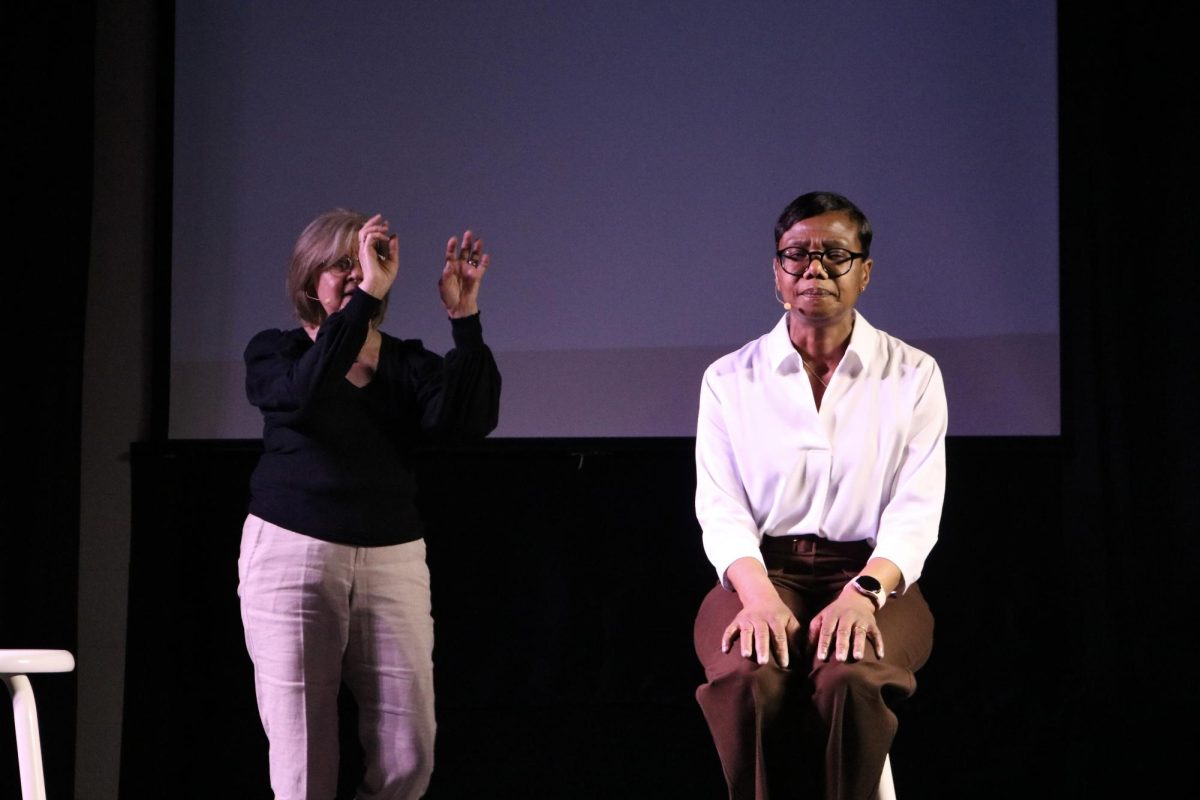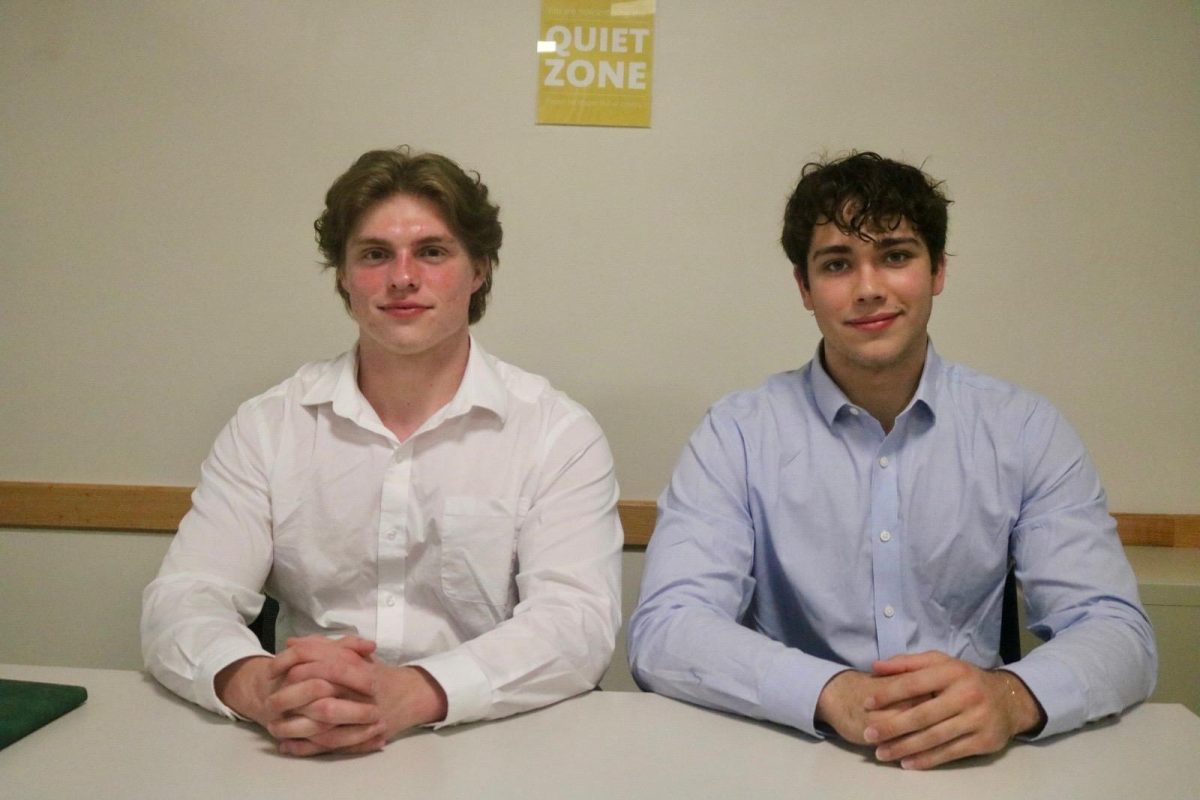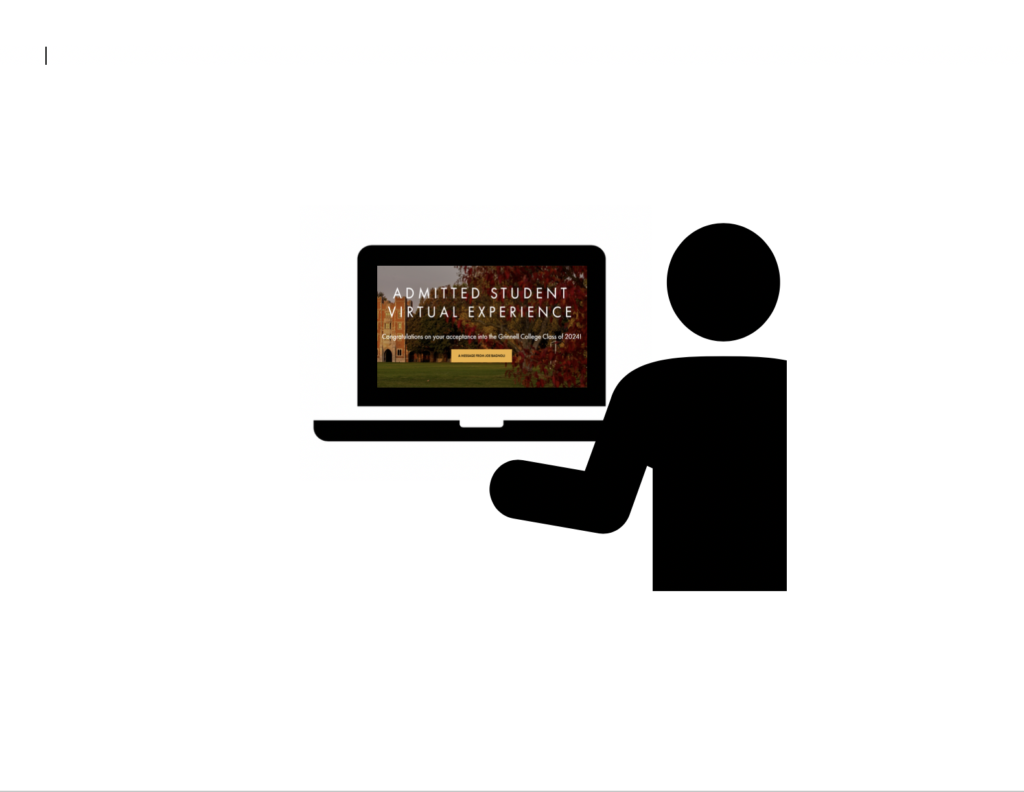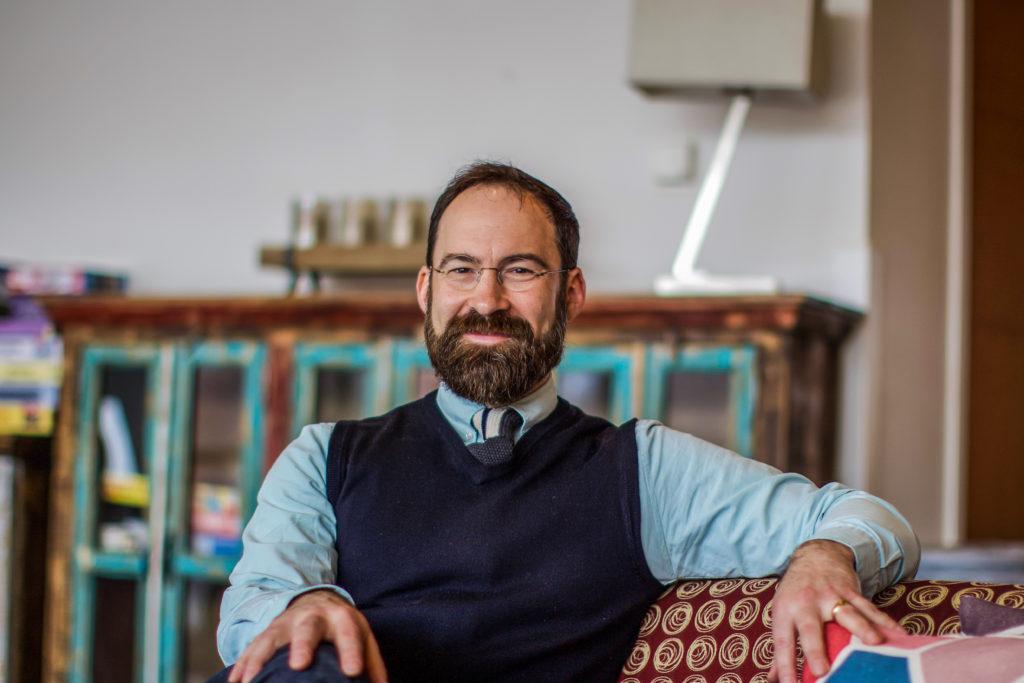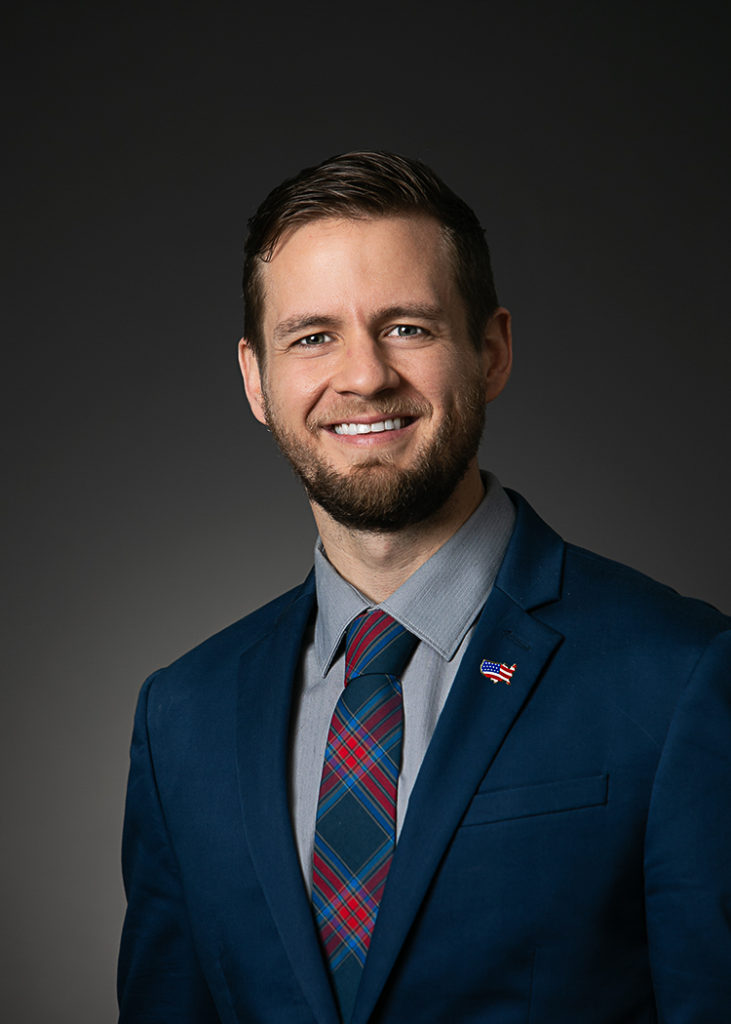While making a few phrasing edits to the SGA Constitution, Reform Committee Co-Chairs Peter Aldrich and Peter Bautz (both ’15) discovered that the version of the Constitution document that the SGA Cabinet has been using this year had left out the changes made during the first semester of the 2012-2013 academic year. The Cabinet also found that the three previous Cabinets had not followed the constitutional mandate that President Raynard Kington ratify amendments to the Constitution.
The problem was first spotted when Aldrich and Bautz noticed that there were some inconsistencies between the Constitution on the SGA website and the “correct” version of the Constitution, which Bautz had on a storage device.
“We were trying to iron out some inconsistencies, and we noticed a large number of discrepancies,” Bautz said. “A number of by-laws were missing, and some STIFund language did not appear like it had in the bill last year.”
The major changes involved the election process for SGA Cabinet executives and inconsistency in the language describing the position of STIFund Chair. Administrative Coordinator Cynthia Amezcua ’14 explained that there were no drastic issues with using the non-updated Constitution, as the current cabinet had incorporated the correct version in its actions and that the differences were largely inconsequential, a sentiment echoed by Bautz.
“Realistically, nothing would have been done differently this year had everything … been in place in the Constitution,” Bautz said.
After recognizing the issues, the SGA Cabinet and Election Board moved forward to resolve them, according to Amezcua. The Cabinet also sought to ensure that the Constitution’s legitimacy would not be called into question.
“The Cabinet decided the best thing to do would be to merge both documents together,” Aldrich said. “Anything that did not get a signature this year will not be approved, but amendments from other years will be added into the Constitution for all intents and purposes.”
In regards to the STIFund description, Aldrich mentioned that the changes were only surface-level.
“There were by-law amendments that were passed last year regarding the Chair of STIFund description change, which [were] not present in the version of the Constitution we were using,” Aldrich said. “However, we acted on the assumption that these changes were already written in.”
Meanwhile, Election Board treated the complication as it would a grievance and proceeded from there.
“We were already operating on the new language, which said that there should be at least three people in the run-off for executive positions rather than just two,” Amezcua said. “We wanted to err on the side of inclusivity instead of exclusivity, but that’s about it as far as complications went.”
There were also other cases of previous cabinets not following the constitutional process correctly. The three preceding SGA administrations ignored the Constitution’s mandate to seek the President of the College’s ratification of constitutional amendments. Without Kington’s signature, previous changes to the Constitution are technically invalid.
“Within two weeks of ratification, the President must approve it,” Aldrich said. “When Cynthia forwarded some constitutional amendments approved by students last year to President Kington for approval, he indicated that this is the first time he has made this approval, which means that previous administrations have not been getting approval.”
Although the amendments are not legitimate according to the letter of the law, the Cabinet has decided not to vote on previous amendments again as an affirmation of the student body’s will, while promising that the mistake will not happen again.
“It would be redundant to vote on it again,” Bautz said. “Sixty percent of the 50 percent who turned out already said they wanted it. They made their way into printed constitutions, and they were worked off of.”
Aldrich and Bautz said they believe the two-week ratification policy to be outdated and are working to revise the original stipulation that the President of the College must approve changes within a two-week period, with the goal of reducing bureaucratic hurdles.
“If a member of the senior staff, such as a Vice President, is more knowledgeable about the system, then the President can forward the document to [him or her],” Aldrich said. “This is more representative of the best practices of the administration.”
The limited time period for ratification is also going under the microscope. The Reform Committee wants to transition from an affirmation process to a veto process, wherein the President—or if desired, a more qualified senior staff member—would not need to approve amendments, but would only bear the responsibility of vetoing them.
“This removes the burden for Kington having to sign off on something,” Bautz said. “If Kington wants to veto it, he will have a semester to do it, thereby doing so in a prompt manner.”
The problems associated with interpreting the Constitution and the document’s legitimacy cast a renewed emphasis on the judicial oversight committee first proposed by Max Mindock ’15 last semester, which will be revised by the Reform Committee and will go to a vote in front of the entire student body once again.
“Mindock’s proposal called for three fully-paid staff positions, which just isn’t in our budget,” Bautz said. “However, we’ve taken his ideas into account and will be re-proposing a new judicial oversight committee to deal with issues such as this one.”
Aldrich and Bautz are focused on introducing what they consider to be a more legitimate version of Mindock’s proposal, with regard to the tally of voters.
“Basically what happened with Mindock’s proposal is that 200 signed the petition, but only 100-some people voted in the election,” Bautz said. “How legitimate is that election? We’re trying to implement a referendum which will say that more people have to vote on the petition than signed it.”





